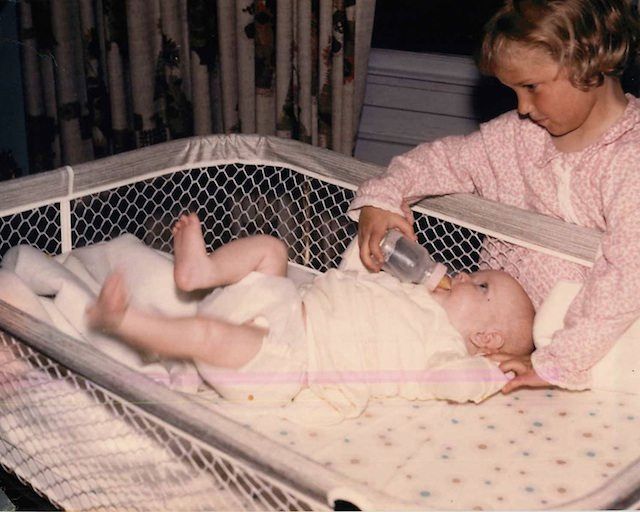A Transsexual Death

I am writing this and my hands are cold. My feet are touching the ground and my left thumb is sore from so much fingering on the iphone.
A little more than 15 years ago I started hormones. When I first began searching for people like me in magazines and books, I found few transsexuals who had been living long term. They were out there, to be sure. I just couldn’t find them.
Thinking about my future, older self in 1996, I’m not sure if, in retrospect, I could really see myself as I am today. My imagination could not encompass how I have come to feel about my body, how I come to look as I have aged, how I have come to think of myself as an aging transsexual.
I am reminded today by the passing of Steve Jobs that I did not then, nor have I done so up to this point in my life, imagined my transsexual death.
Will I simply die like everyone else? Or will I experience a transsexual death?
Asking the question in that way underscores some of the absurdities I’ve lived with over the last fifteen years. What, exactly, is transsexual art? A transsexual sensibility? Transsexual privilege? Yet the same people that have asked these and other questions have never thought to ask me if I will experience a transsexual death.
I don’t know, really, if I will experience a transsexual death. I have some fears about dying as a transsexual — that doctors will deny me care; that Ms. H. will be denied the dignity of burying me as I have asked; that people will express shock that they didn’t know that I was a transsexual –but these fears occur while I am still alive. These are fears of a transsexual dying.
These fears are not a transsexual death. When it is my time, I will be dying and then I will dead. My death - whether ordinary or transsexual - will be for the living to experience.